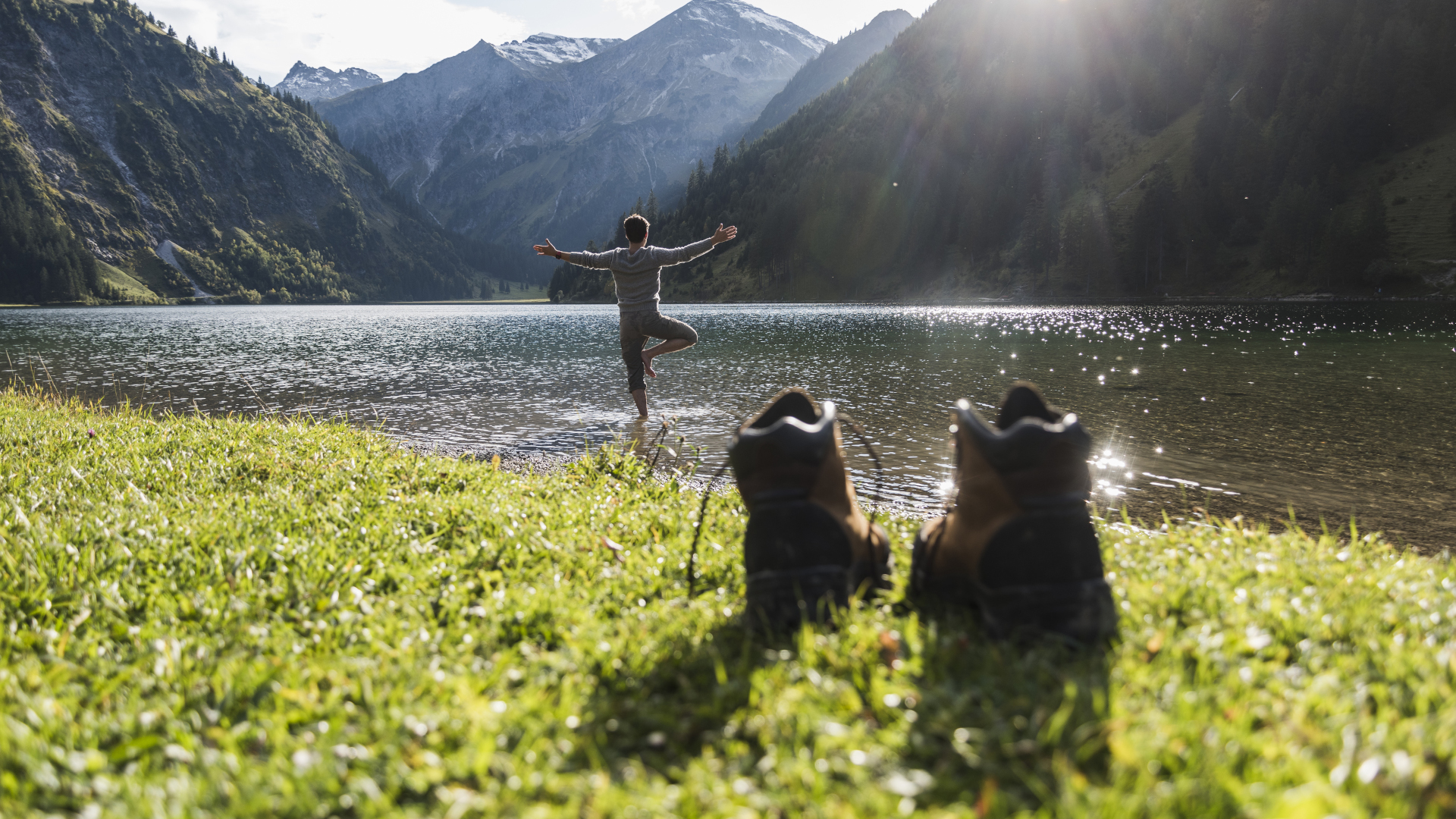
Whether you’re stretching out your quads after a steep downhill on a hike or practicing your balance in Tree Pose to get ready for walking on uneven trails, you’ve probably heard that yoga is good for hikers. I’ve been teaching yoga for 15 years and hiking for longer and generally, I agree – but not just because of the physical aspects of yoga.
Stretching is great and you can call it yoga if you like, but ancient yoga philosophy also offers some great tools for the modern hiker. Take the Kleshas, for example. Meaning “poison” in Sanskrit, the Kleshas are negative mental states that are at the root of all human suffering, according to the two-thousand-year-old text the Yoga Sutras of Patanjali.
Ancient yoga texts are full of wisdom for breaking free of suffering to achieve states of enlightenment and the main reason we experience misery, according to Patanjali, is due to five Kleshas: ignorance, ego-identification, attachment to pleasure, aversion to discomfort and fear of death. Yogis of days gone by would study these topics through ascetic practices, prayer, chanting and study of scripture. Today, however, I find that the hiking trail can be an excellent place to work through some of these themes.
The more steps I take in my hiking boots, the more I’ve realized the hiking trail is a great place to ruminate on the nature of suffering, perhaps because hiking itself can provide such a concentrated dose of discomfort. In this article, I'll guide you through the five Kleshas, and where you might notice them arising when you hit the trail.
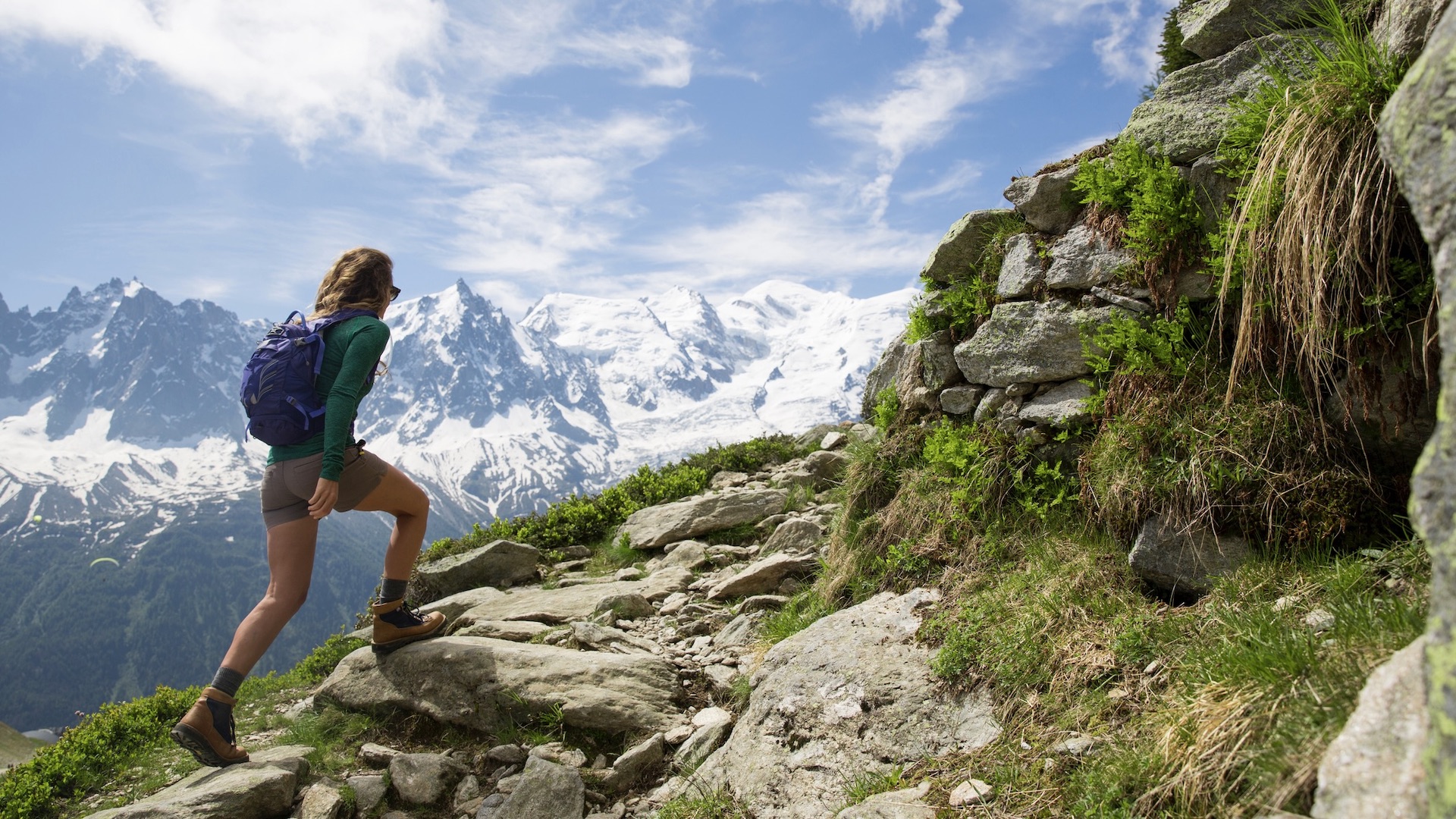
1. Ignorance (Avidya)
The first Klesha is ignorance, and it’s considered to be the root of all suffering, so if you can cut this one out, you don’t need to worry about the rest. Easier said than done, however. In the yogic context, ignorance really isn’t bliss, though it may seem like that for a while. When you live in a state of delusion, which often involves themes of not understanding the consequences of your actions on your own life, ignorance will soon guide you down a path of suffering.
On a hike, ignorance can lead to suffering in all types of ways, from not being realistic about your own fitness and skill level to not taking the time to learn about navigation or avalanche safety. When you’re out on the trail, if you’re not tuned into your surroundings, you might miss all sorts of cues that could help you avoid suffering – a tree root obstructing your path, the rustle of a grizzly bear in the bush, or those gathering storm clouds on the horizon that signal you need to be getting back below treeline or else get struck by lightning.
We’re always seeing the world through the colored lens of our own narrative, which might be telling you that no harm can possibly come to you on a simple hike, but that’s far from true. Perhaps nowhere else can suffering be as severe or as immediate as when ignorance meets the hiking trail. Arm yourself with knowledge, stay aware, and you can reduce your chances of suffering on the trail – and off the trail too, for that matter.
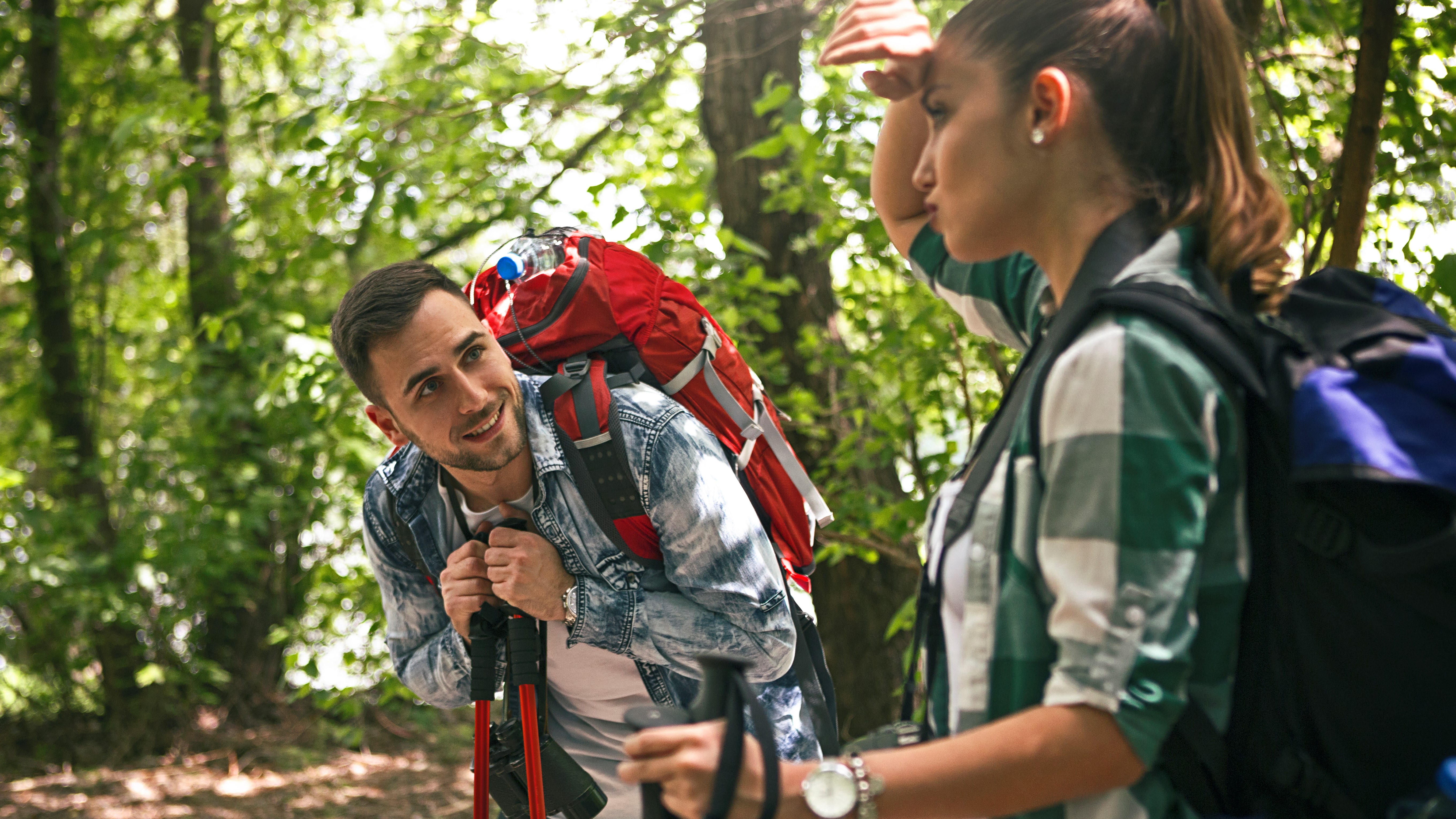
2. Ego-identification (Asmita)
Ego-identification is really just another form of ignorance, but this time it’s all to do with how you view yourself. This Klesha teaches that we tend to project an image of ourselves onto the world to build a sense of identity – you might think of yourself as sporty, funny, smart, good with money – and when you get too attached to this self-image, suffering soon follows. If your whole idea of yourself is wrapped up in what you do for a living, what’s left if you lose your job? Needless to say, this has only gotten worse with the advent of social media allowing us to project our self-image out onto the world all day long.
Ego-identification can cause suffering to a hiker in two, opposing ways. On one end of the spectrum, if you think of yourself as not fit or strong or capable, you may not push yourself at all on the trail and miss out on some great adventures. On the other end, if you’ve told the world via Instagram that you’re an ultra-fast peak bagger, you could easily push yourself too far and end up cliffed out or trapped overnight in a blizzard and then it may be more than your ego that gets bruised.
There’s no question that experience goes a long way when it comes to hiking, but it’s also smart to respond to your natural surroundings such as weather and terrain and not only to what you think you should or shouldn’t be able to do based on the hashtags you like to use on your posts.
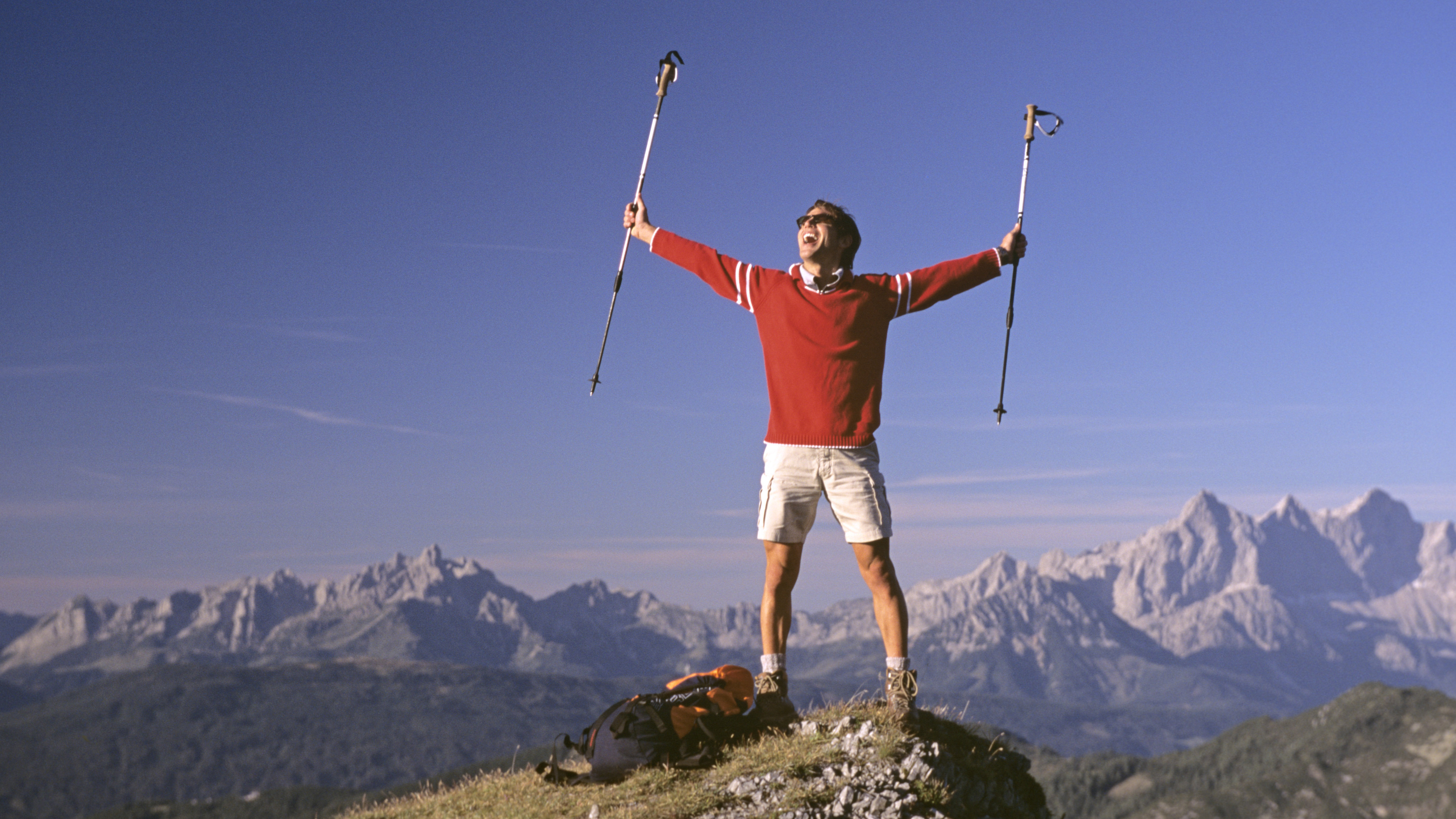
3. Attachment to pleasure (Raga)
All humans are hardwired to seek out reward and now science knows why: because every time we experience something that feels good, we get a little dopamine hit. When you experience a runner’s high, take a bite of your favorite chocolate, click “buy now” on that new pair of trail running shoes you’ve been eyeing up, that’s a surge of dopamine, and it’s addictive. Chasing that feeling can be for the good, as it could help you establish a regular exercise routine, but it can also lead you down a path of overtraining or forgetting about what's really important. Pursuing pleasure is what Patanjali describes as Raga, meaning attachment, and it can leave us in an endless cycle of unfulfilment.
If you get a dopamine hit every time you reach a summit, place your hand on the trig point and post a selfie of your latest “bag,” you’re going to want to watch out for this one. Should you feel proud of your hiking accomplishment? Absolutely, you put a lot of effort into getting to that summit. But make the summit the sole objective and you could end up senselessly racing up peaks forever, missing out on the journey, or worse, making poor decisions just to reach the top when the weather is telling you to turn back.
Summits can be spectacular, but so can shaded forests, sheltered lakes and meandering coastal paths. Forget about the prize and focus on each footstep (you’ll still get the dopamine hit).
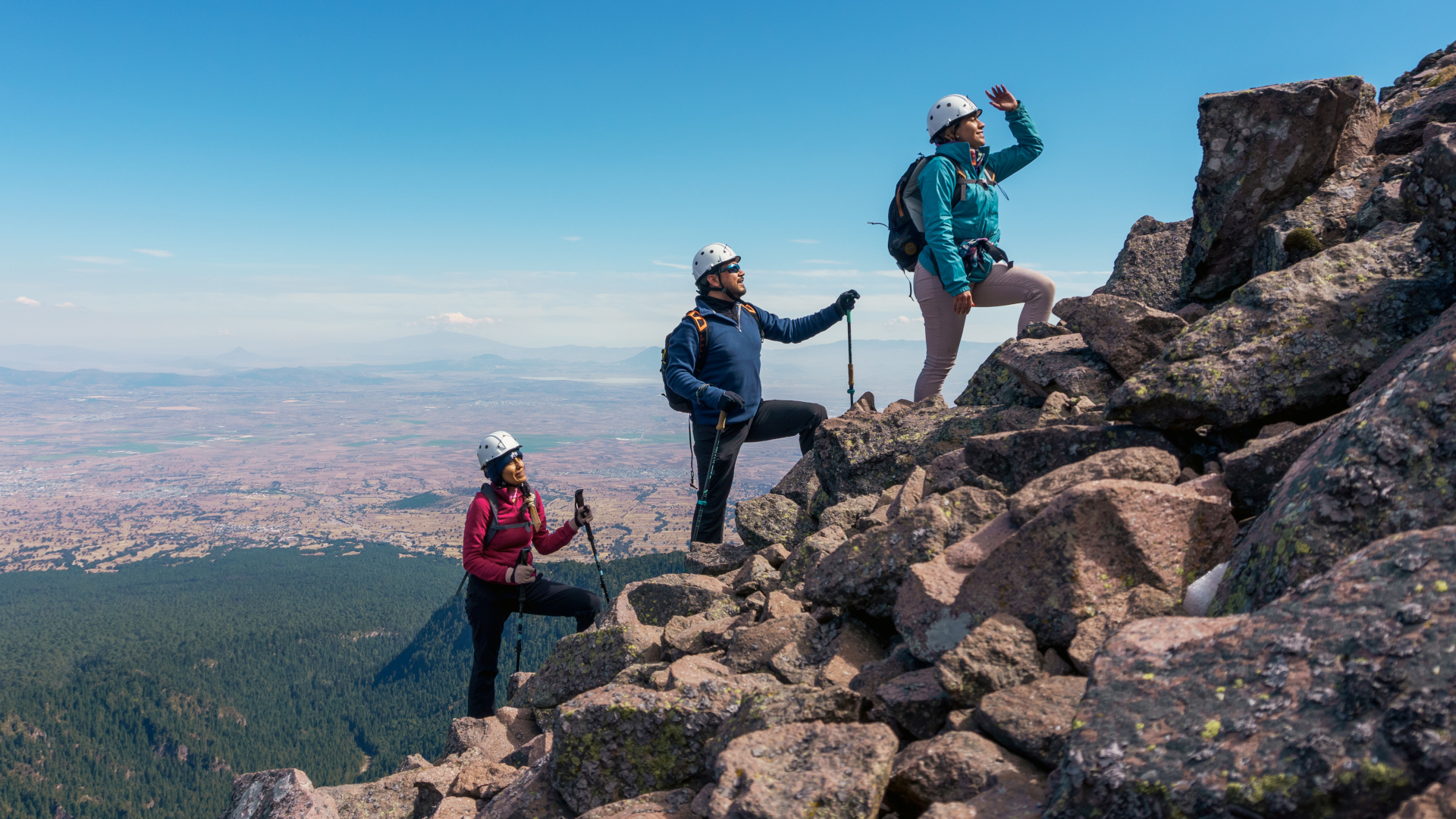
4. Aversion to discomfort (Dvesha)
While attachment to pleasure can lead you to become addicted to FKTs and overreaching, strangely the opposite behaviordoesn't actually produce better outcomes. Trying to avoid discomfort in life is not only a losing battle, it usually leads to more discomfort in the end, which anyone who has set off on a hike and not wanted to bother with the extra weight of a fleece jacket and waterproof jacket will tell you once it starts raining. Obviously, there are painful experiences you should avoid, like jumping off a cliff, but in general, if you’re trying to avoid discomfort at every step, you’re likely to miss out on some good stuff, and might end up more uncomfortable in the long run.
Hiking, if you haven’t noticed, is often all about suffering. Your feet hurt, the wind is lashing at your face, you’re tired and hungry. The only way to avoid all of that is to avoid hiking altogether and risk missing out on all of its amazing benefits. I’m not talking here about walking through blisters or summiting on a sprained ankle, but accepting some level of suffering as the price to pay for the gifts that hiking delivers. Within reason, embrace a bit of mental pain and physical hardship as something that will make you stronger, more experienced, and ultimately more able to cope with suffering when you get off the trail and back to the office.
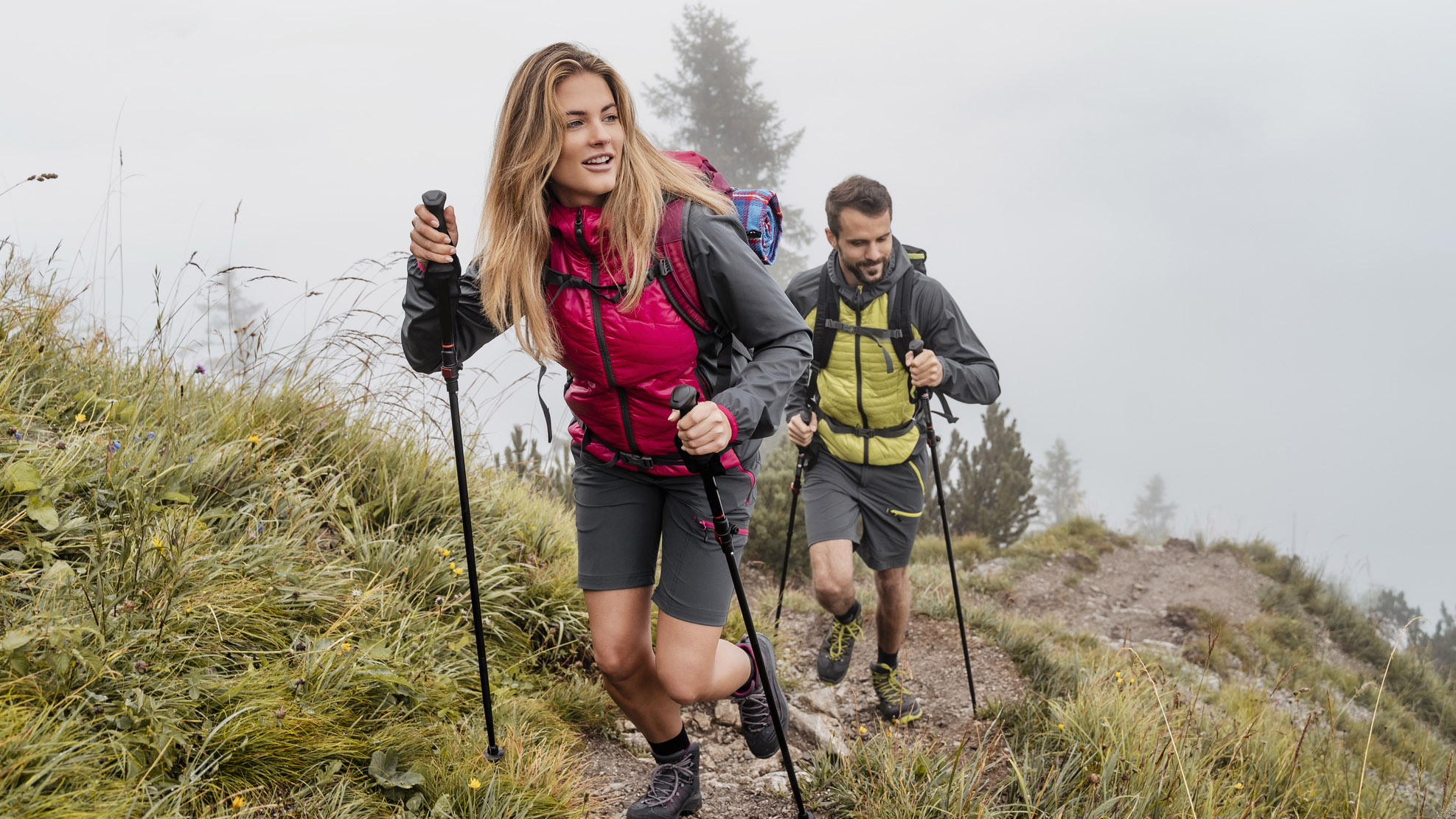
5. Fear of death (Abhinivesha)
Here is where I’m going to diverge a little bit from what Patanjali taught. After all, he (or she) was trying to help people achieve Nirvana, I'm just trying to help you cope with suffering on the trail. The fifth and final Klesha is the hardest one to break free of, and that’s the fear of death and the loss of everything that comes with it.
While it may have helped ancient monks on their quest for enlightenment, on a hike, I actually think a healthy fear of death could save your life. You may not be able to control your circumstances, but an intention to get yourself down the mountain in one piece without endangering anyone else is a way of causing no harm, which is another aspect of yoga philosophy touted by Patanjali. It’s sort of the early version of Leave No Trace, if you will.
When you get up high, drawing on your skill, knowledge and awareness as means to keep yourself and others safe is actually a very important hiking skill that can considerably decrease your likelihood of suffering and death, otherwise known as respecting the mountain. So have a little fear of death every time you unfold your trekking poles, just don’t let it keep you from the mountains in the first place.







